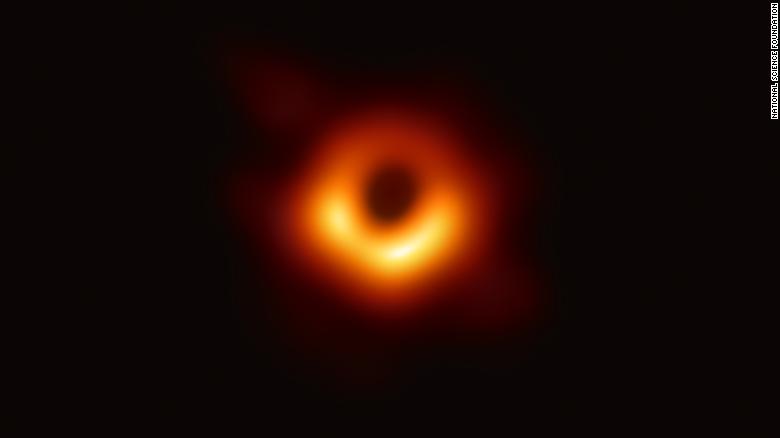First ever image of a Black Hole revealed

In April 2017, using the global network of telescopes that make up the Event Horizon Telescope (EHT), astronomers were able to capture the first-ever picture of a black hole. They captured an image of the black hole (BH) at the center of galaxy M87.
This is the first direct visual evidence that black holes exist. In the image, a central dark region is encapsulated by a ring of light that looks brighter on one side, due to the angular velocity of the BH M87, is near the Virgo galaxy cluster 55 million light-years from Earth. The supermassive black hole has a mass that is 6.5 billion solar masses "We have seen what we thought was unseeable," said Sheperd Doeleman, director of the Event Horizon Telescope Collaboration. "We have seen and taken a picture of a black hole."
More than 200 researchers and 40 nations were involved in the project. They have worked for more than a decade to capture this.
The telescopes involved in creating the global array included ALMA, APEX, the IRAM 30-meter telescope, the James Clerk Maxwell Telescope, the Large Millimeter Telescope Alfonso Serrano, the Submillimeter Array, the Submillimeter Telescope and the South Pole Telescope.
Details of the observation were published in a series of six research papers published in The Astrophysical Journal Letters.
Furthermore, the press conference held in Lyngby, highlighted that in the future the Event Horizon Telescope will become even more powerful when the Greenland Telescope is added to the network (longer baselines, and allowing observations at higher frequencies). The Greenland Telescope currently sits at sea level in Greenland at Thule Air Base, but is planned to be hauled onto the top of the ice sheet at 3200 meters altitude, where the observing conditions for radio astronomy are among the best on the planet due to the extremely dry atmosphere. The Greenland Telescope is a project made by institutes in Taiwan and the US, and Denmark and Greenland are working on becoming more involved.
